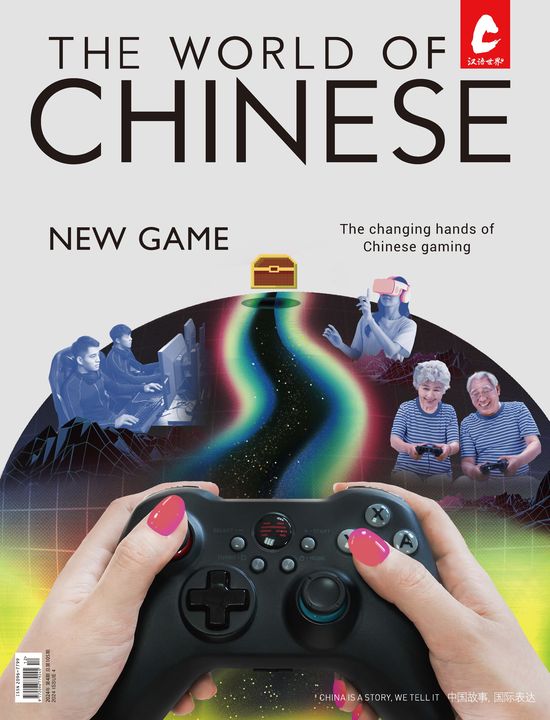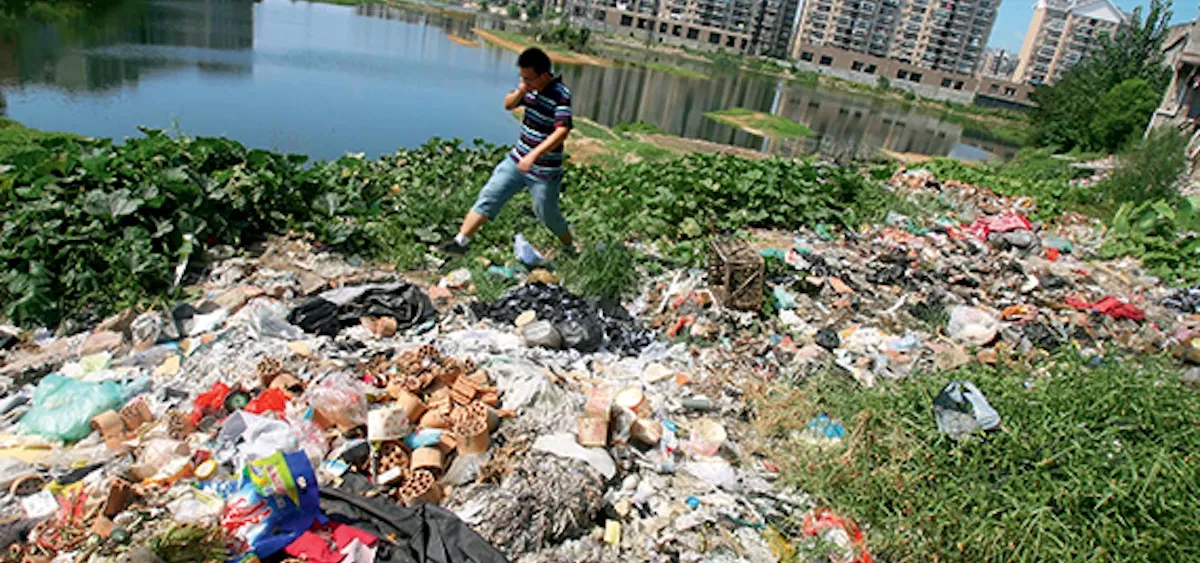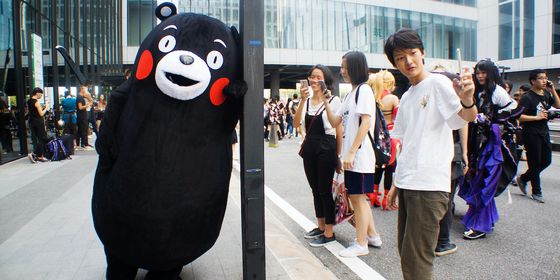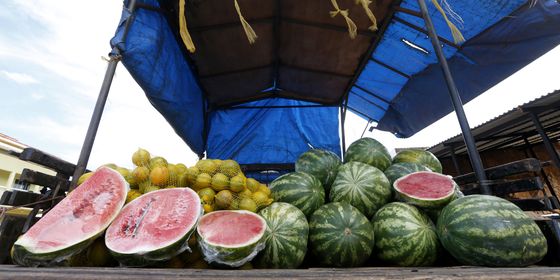The ugly side of China’s sprawling fashion industries
It’s a devastating equation: 3,625 liters of water, 3 kilograms of chemicals, 400 megajoules of energy, and 13 square meters of land—put them together and the result is a single pair of cotton jeans. For China, the world’s largest textile producer and exporter, this resource-intensive production process is having severe ramifications.
In 2012 China accounted for 33 percent of global clothing exports and 38 percent when it came to textiles, according to World Trade Organization figures. While this massive industry brings in huge amounts of revenue, it’s also worth considering the fact that, in 2013, the China Association of Resource Comprehensive Utilization found that total annual production of pre and post-consumer textile waste was around 26 million tons. In Hong Kong alone the textile industry produces an estimated 270 tons of waste every day, with around 11,000 garments being discarded every hour. In a city grappling with issues relating to overcrowding and real estate prices, every piece of land counts, and vast quantities of landfill are a heavy burden.
And it’s not just the discarded garments that can cause severe pollution problems. In 2007, The Wall Street Journal reported on a number of garment manufacturers that had caused friction with purchasers of their products, big name US retailers such as Nike and Walmart, after they were found to be dumping large quantities of dye-contaminated wastewater into rivers. The article noted that much of the low prices in international fashion chains come courtesy of cost-cutting in China, particularly in relation to environmental safeguards.
The government cracked down on the factories identified, but they are just a few among many. While environmental standards are improving in China, enforcement often remains patchy at best. This can result in outrage directed toward officials; in one case in February 2013, a web user offered a 300,000 RMB reward to the local environmental bureau chief in Longnan, Zhejiang Province, if he would swim in the heavily polluted river in the town for 30 minutes. The bureau chief reportedly claimed public ire should be reserved for local residents rather than a leather factory nearby and, notably, did not swim in the heavily polluted water.
Although Chinese law bans most harmful chemicals from being dumped into groundwater, a lack of oversight means it still occurs. In February of 2013, the Ministry of Environmental Protection admitted that cancer clusters do exist in rural village areas. In reference to this, a 2013 report in China’s Global Times mentioned nonylphenol, an organic compound that can interfere with people’s hormones and is banned from use in textiles in the European Union. The article said that it remains widely used in the textile industry in China, and a 2014 paper assessing its use indicated that the Middle Kingdom uses over ten percent of the world’s supply and that the compound “exists ubiquitously in coastal waters of China and it poses various risks to aquatic ecosystems in the country”.
Waste and pollution are two key aspects to the issue of fashion pollution, but the problems with the fashion industry are manifold. As Dr. Christina Dean, the CEO of Hong Hong-based environmental NGO Redress, points out: “If you think about how much competition there is in multiple sectors in terms of natural resources, particularly food, if you think about feeding our growing population, the effect of the fashion industry has broader consequences across all of our lives in terms of competition for water, land, and energy.”
Certain fibers, particularly polyester, can take hundreds of years to degrade, leading to significant environmental concerns. “By and large, it’s not biodegradable. When people are putting their synthetic fibers into landfill, it doesn’t really disappear, it takes lots of space,” Dean points out.
“One of the big issues with landfill is that when you think of all these textiles and clothes, all of these resources, all of that water, all of that energy and land, [they] are effectively thrown away. Once it’s in landfill there’s no opportunity to use it. Textiles are thought to be 100 percent recyclable, so every piece of textile that is in landfill should not be there, it’s like a premature grave.”
A key hurdle is that the structure of the waste recycling industry doesn’t quite match the scale of the fashion industry; while larger companies may be interested in recycling on a large scale, recycling operators tend to be on a much smaller scale. “They have to be able to buy a lot of the same fiber type, they need a larger scale and more coherent collection system,” Dean says.
But it is the fact that these materials are recyclable that provides Redress with avenues through which to tackle the problem. Whilst exhorting larger companies to cut down on waste and improve recycling, on the individual level Redress also encourages designers to explore alternative approaches in terms of sourcing product material and even design. The NGO’s annual EcoChic award rewards designers who create environmentally-friendly clothing.
While China’s fashion consumption continues to soar, the production side of the equation is changing dramatically. The country’s labor costs are increasing; in 2014, 11 regions significantly increased the minimum wage by an average of 11 percent, according to a report by investment firm Dezan Shira and Associates. In the export hub of Guangdong, the minimum wage stood at anywhere between 1,808 RMB and 1,010 RMB per month, depending on the area of the province.
As the China’s labor costs rise, large companies—including garment manufacturers—are looking to cheaper production hubs, particularly in Southeast Asia.
However, this may not be a long term solution. In countries such as Cambodia, labor costs have rapidly increased and along with them the frequency of labor disputes and strikes—sometimes with deadly results, such as in January 2014 when soldiers fired into a crowd of striking workers, killing four.
But despite the shifting economics of production in China, the only certainty is that consumers are not going to stop consuming fashion products anytime soon, with massive growth projected. The real question remains: how much destruction are clothes really worth?
“Fashion Disaster” is a story from our issue, “Startup Kingdom”. To continue reading, become a subscriber and receive the full magazine. Alternatively, you can purchase the digital version from the iTunes Store.












